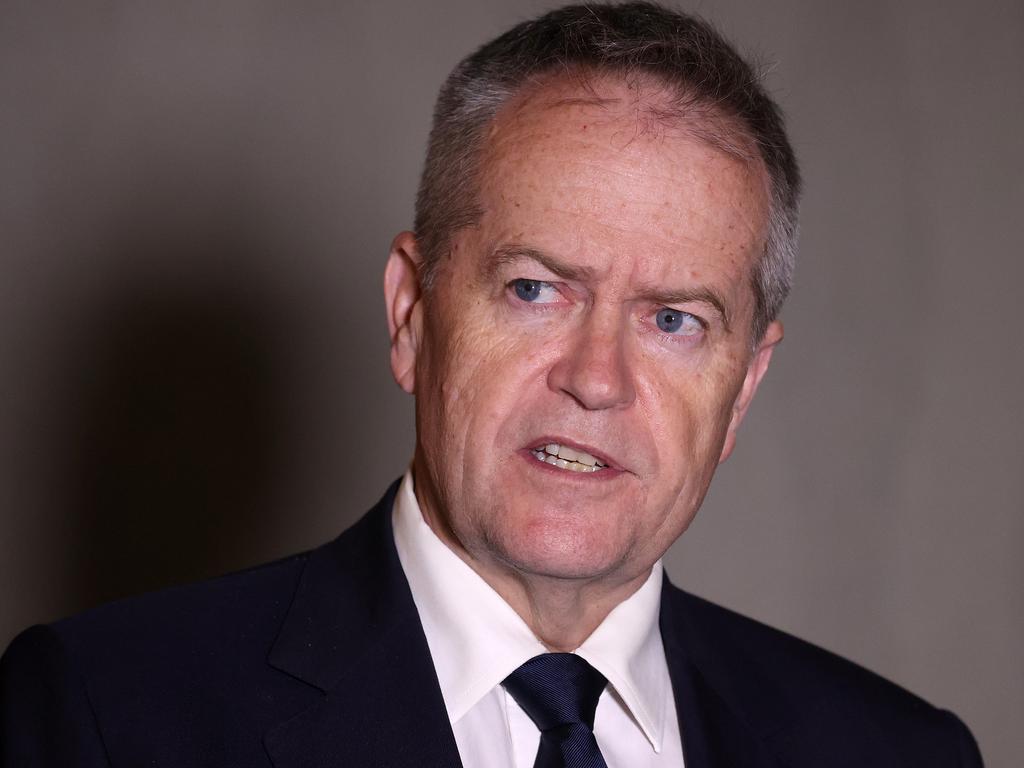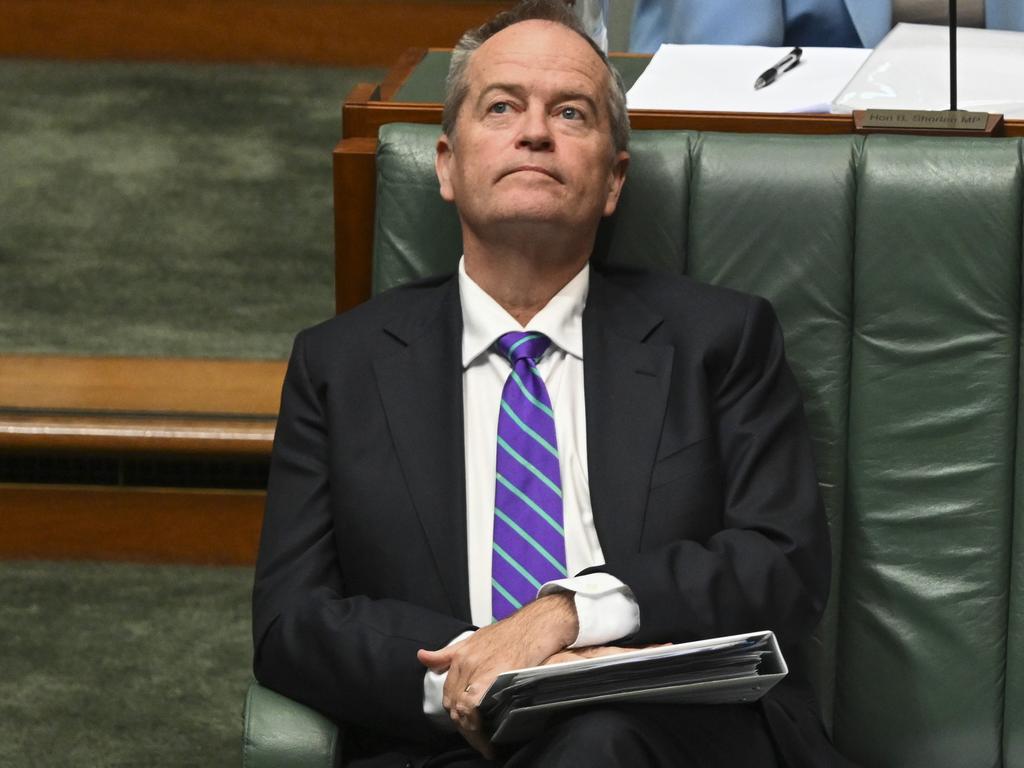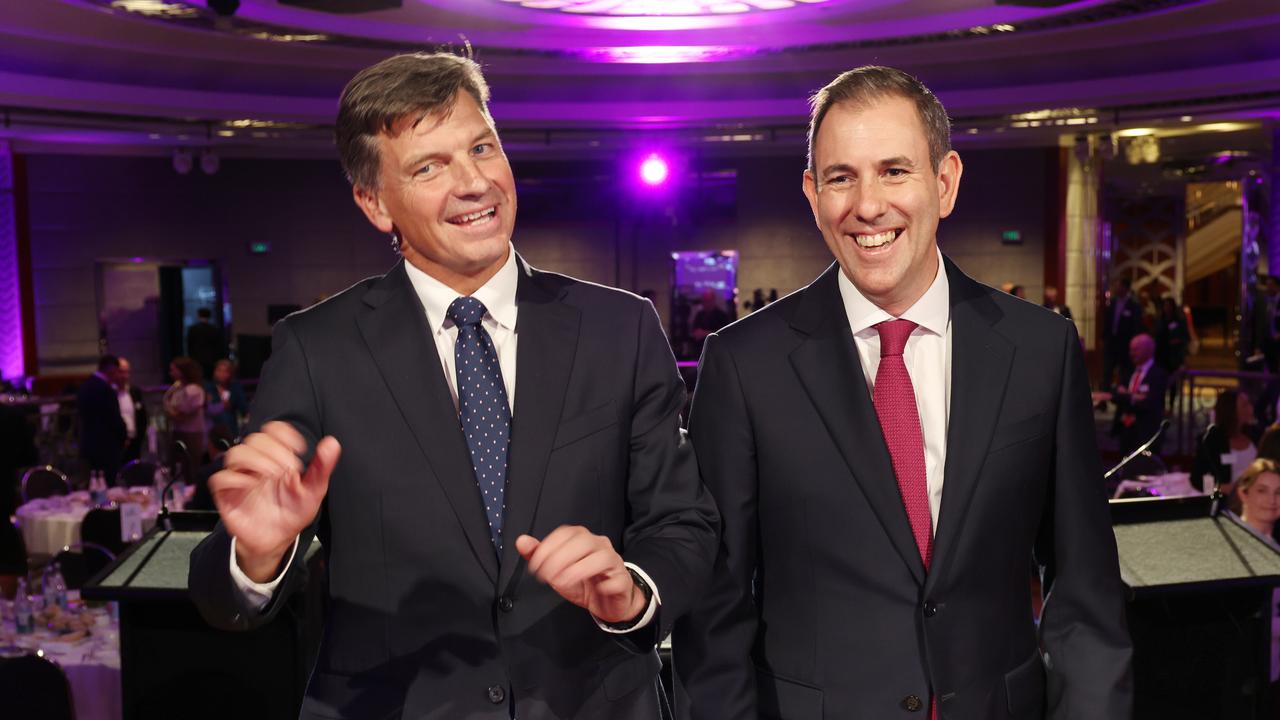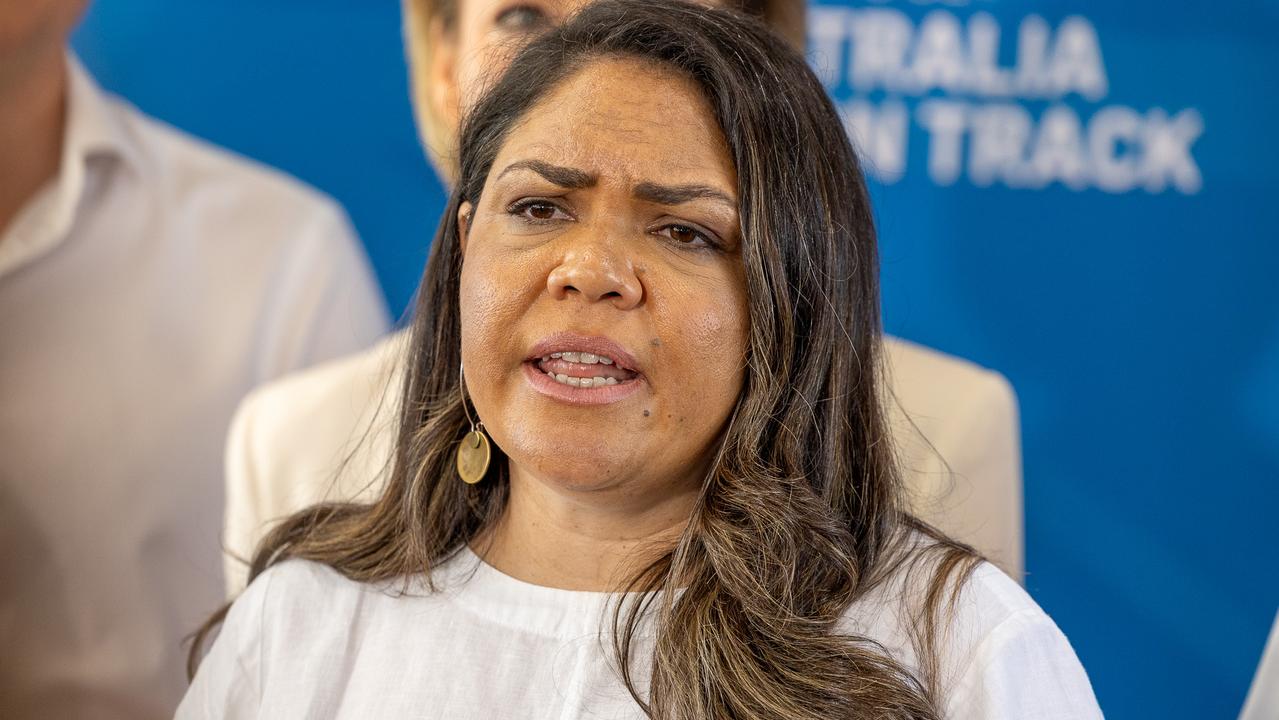Reforms ‘may dash hopes of trim NDIS’
Major reforms expected to be recommended by the disability royal commission will put pressure on the government’s goal of almost halving the growth of the NDIS by 2026, Martin Laverty warns.
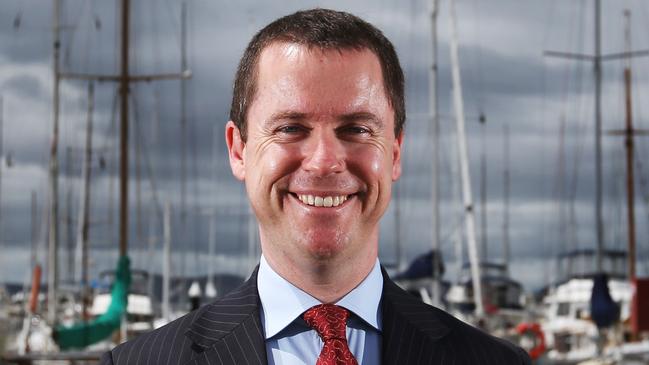
Major reforms expected to be recommended by the disability royal commission this week will put pressure on the government’s goal of almost halving the growth of the NDIS by 2026, the inaugural board director of the scheme, Martin Laverty, says.
As the commissioners handed their final report to the Governor-General on Thursday, advocates urged the government to appropriately invest in any necessary changes and ensure the stories of people with disability laid bare over the past 4½ years were taken into account “when planning the future of the NDIS”.
Mr Laverty, who now heads up one of Australia’s biggest charitable NDIS providers, Aruma Disability Services, said it was clear the disability sector would “struggle to cope” with the reforms expected from the Commission’s final report.
“There’s a really hard question coming for governments, coming for disability organisations and for people with disability and that's how we pay for quality,” he told The Australian.
“If we want better quality, we need higher staff wages. If we want better quality, we need better training investment in disability support.”
The former head of the Royal Flying Doctor Service and secretary-general of the Australian Medical Association said organisations would turn to the NDIS to meet requirements for higher quality and safety in the scheme.
“The NDIS is 100 per cent taxpayer funded and charities will look to the NDIS to meet the new costs that the Royal Commission will require,” Mr Laverty said.
“And today that‘s in tension with government’s reasonable desire to achieve an 8 per cent growth target. Aruma has argued for some time that we have to rethink who is the NDIS for (and) what does the NDIS pay for for those deemed eligible.”
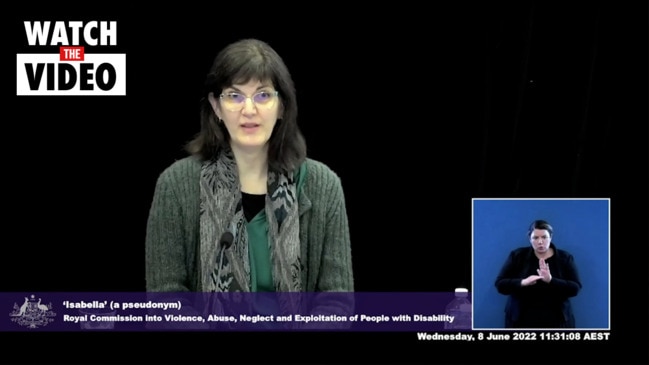
Anthony Albanese in April announced Labor would aim to curb the growth of the scheme from its current rate of about 14 per cent a year to 8 per cent by 2026, with the government at pains to assure the disability community the figure was a target and not a cap despite being baked into forecasts at the last budget.
Disability Advocacy Network Australia chief executive Jeff Smith said ending the scourge of violence of abuse against disabled Australians in and outside of the NDIS needed to be “the number one priority for the reforms ahead” and invested in appropriately.
“The voices and stories of people with disability and their families who have told the Disability Royal Commission about the worst events in their lives must be listened to when planning the future of the NDIS,” he said.
“I urge the Federal Government to invest in the change we need, including urgent funding for disability advocacy organisations who are an essential part of preventing abuse and exploitation.”
The need for extra investment would not be limited to the NDIS, with the commission having investigated experiences of disabled Australians in hospitals, schools and workplaces, as well as disability settings.
NDIS Minister Bill Shorten would not pre-empt the findings of the Commission, which is also expected to cast a light on the role of states that are responsible for mainstream services and have been singled out by NDIS Review co-chair Bruce Bonyhady as needing to step up in caring for disabled Australians.
“We haven’t seen the DRC report. Unless someone has a secret version we aren’t privy to, we aren’t going to start speculating,” Mr Shorten told The Australian.
“No one should doubt our commitment to making sure the NDIS is here to stay and our commitment to the 8 per cent target. We want every dollar in the scheme to get through to those who it is intended.”
Children and Young People with Disability Australia – which has previously expressed concern over the 8 per cent target – said it was clear the “current safeguarding system was failing”.
“Any reforms must be funded and co-designed with people with disability to ensure they are fit for purpose and will finally end the violence,” CYDA chief executive Skye Kakoschke-Moore said.
Advocacy for Inclusion head of policy Craig Wallace said while he had concerns over how the 8 per cent target would impactany necessary extra investment in the scheme’s quality and safety, he would await the outcomes of the Commission and the NDISReview, due out in October.
He stressed the Royal Commission was also “far far bigger” than just the NDIS and said a key priority for all governmentsshould be setting targets on reducing the number of people in group homes and reforming the disability discrimination frameworkto ensure people with disabilities were not effectively “locked out” of mainstream services such as schools.
“Australia’s work in this area is really thin, disability discrimination (legislation) is underdone,” he said.
“Our expectation would be that (the Royal Commission) results in significant programmatic, legislative, and policy change, to start to see people with disabilities included in the regular community and to close the gap between people with disabilities.”
Mr Wallace said the poverty experienced by people with disability – which contributed to individuals feeling unable to escapeabusive situations – also needed to be a focus and for the income support system for disabled Australians to be looked at.
People With Disability Nicole Lee said the effective segregation of disabled Australians from the rest of society needed to be urgently addressed and called for any extra spending that needed to go into the NDIS to be considered “separately to theexpenditure target”.
She said she expected the broader community to be “shocked” by the Royal Commission’s final report, which would detail thetrauma and abuse endured by disabled Australians.




